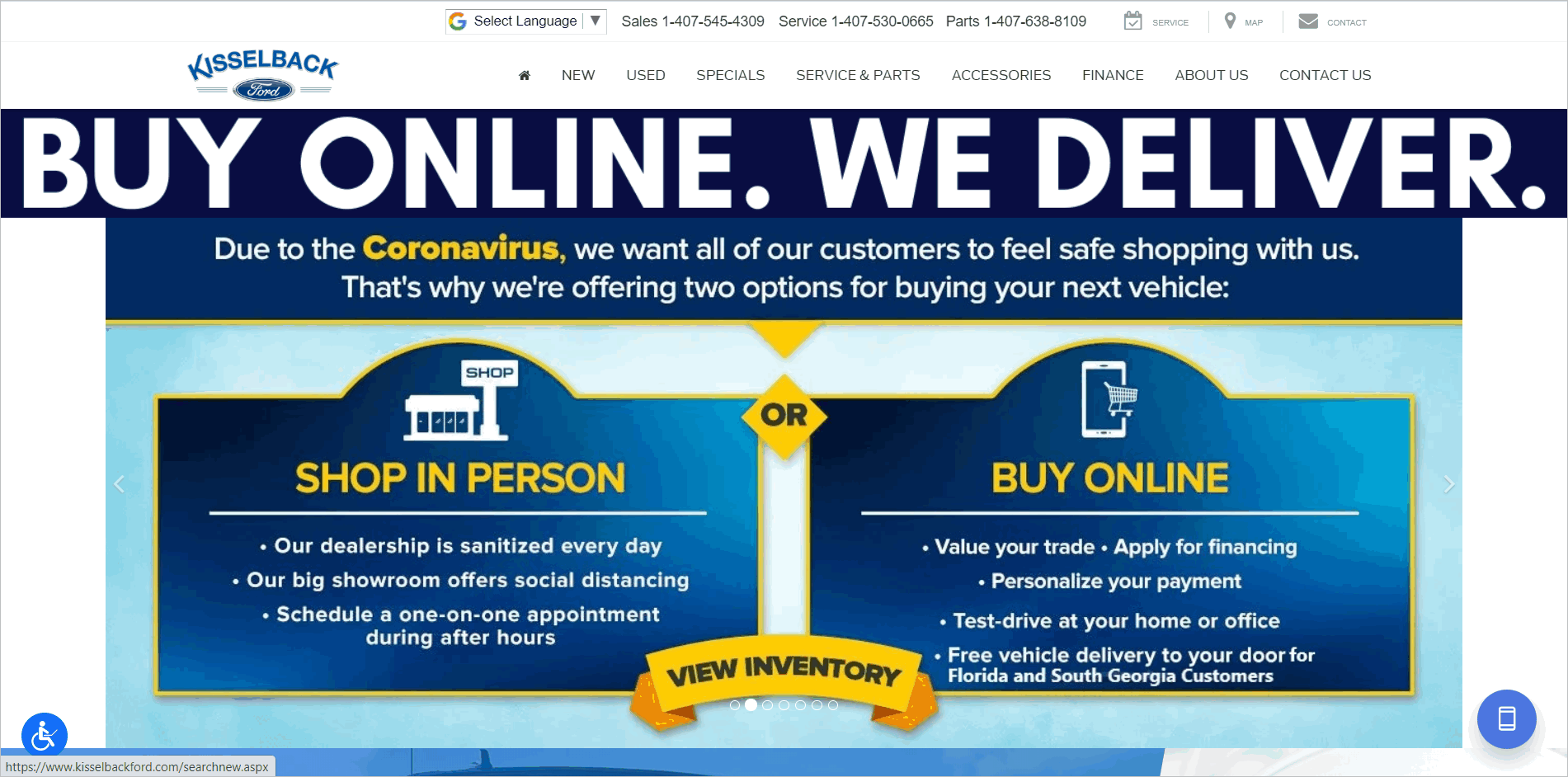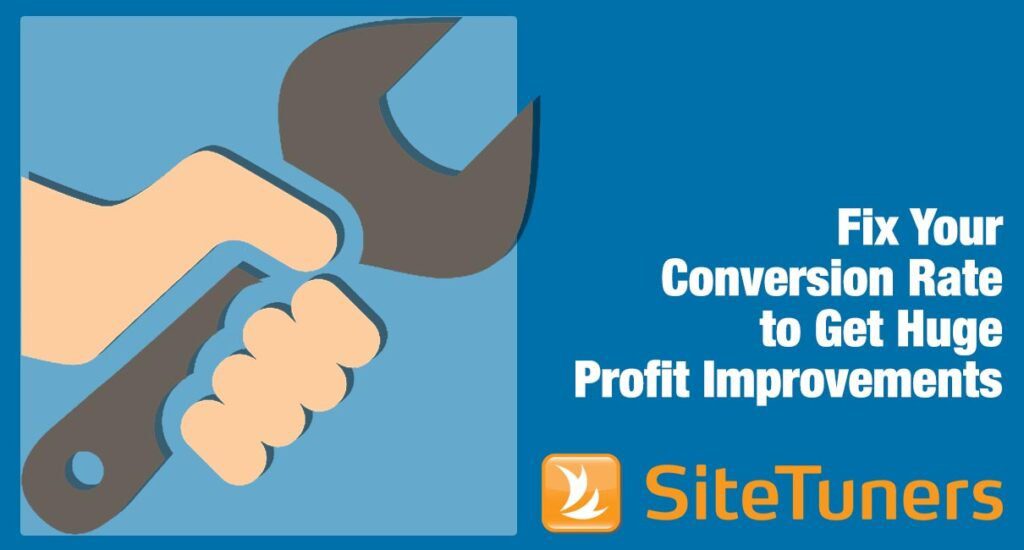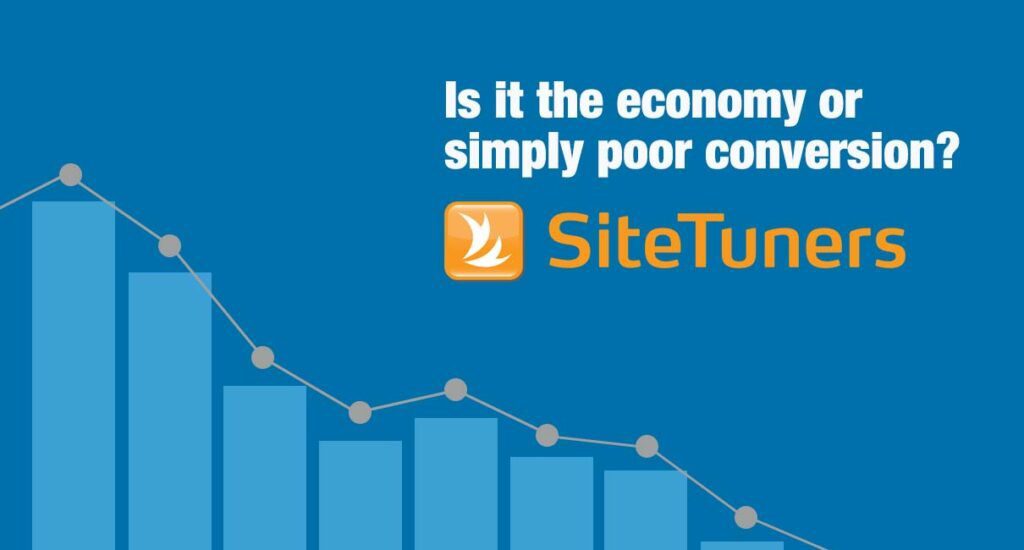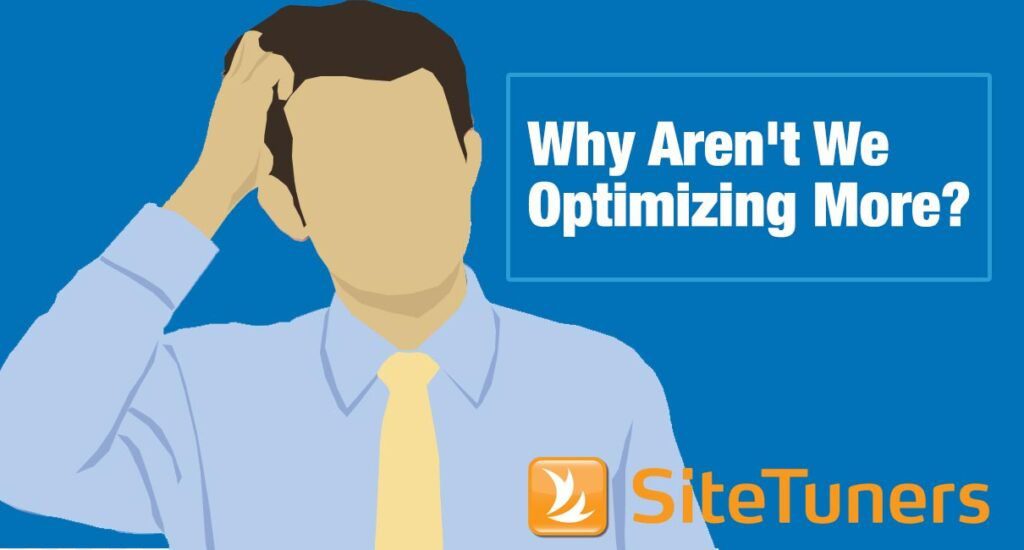
In this post, we share and list practical tips from the discussion between SiteTuners President Marty Greif and Gerardo Kerik on navigating conversion rate optimization during the COVID-19 pandemic.
Watch Marty and Gerardo’s discussion for actionable tips and to hear real-life conversion rate optimization examples:
Optimizing through COVID-19 for higher revenue
COVID-19 has made your website even more critical. Transactions that would have happened in brick-and-mortar stores are now being conducted online.
Here is the summary of “Optimizing through COVID-19 for higher revenue”:
1. Have an Outsider Take a Look at Your Website
If you’re not ready to engage with a consultant, you can have a friend or a former colleague assess your touchpoints.
People are invested in things they create, so they’re unable to evaluate their websites critically, for example. They are bound to make assumptions about what web visitors need to know.
So, have someone on the outside take a look at your webpages. Ideally, web visitors should be able to answer these three things right away:
- Am I in the right place?
- Do I feel good about this site?
- What am I supposed to do here?
If web visitors have to read your site content thoroughly to answer these three questions, that’s a problem. Learn more about the 3 Questions Your Page Needs to Answer for Visitors to Convert.
2. Address Web Visitors’ Pain Points
You might be eager to talk about who you are on your website. However, web visitors are not interested in what you do – they’re on your site because they have a problem they’re trying to solve. So, it pays to know the difference between talking about what you do versus what you can do for the visitor and how you can solve their concerns.
It’s critical that what you put on the page is aligned with what the user is looking for.
Find out what web visitors are looking for through user surveys, heatmaps, and other analytics tools. If you identify user intent and serve up the right content at the right time to the right people, conversions (e.g. sales, downloads, subscriptions, etc.) are more likely to happen.
3. Be Aware of Factors that are Important to Your Audience
One size doesn’t fit all in conversion rate optimization.
There are factors you’ll need to pay extra attention to depending on whom your target market is.
As an example, Gerardo talks about optimizing conversions for a bank in a country where there’s less trust in digital transactions. One digital bank was particularly successful because rather than driving people to a landing page, the bank asked users to download their app from the App Store or the Google Play Store. The bank, in essence, borrows trust from Apple and Google. So while the services the bank offers are similar to their competitors’, the bank’s path to conversion addresses a concern that’s important for that country: security. Rather than taking people to a website they’ve just discovered, the bank takes them somewhere they already trust (i.e. Google Play Store or App Store) and asks them to transact there.
The age of your target demographic is critical too. For instance, millennials tend to value corporate social responsibility (CSR), so you need to highlight your community involvement. This demographic is also more likely to be engaged when gamification is employed. So, you have to think about making the experience fun and CSR-focused.
4. Pivot and Add Value
If your business primarily relied on physical presence before the pandemic (e.g. doctors, dentists, fitness centers), consider how you can pivot online and create remote relationships.
Churches, for instance, may move to digital sermons using Facebook Live or Zoom. Marty notes of one pastor from a small congregation who increased his engagement when he moved online. The number of people attending his sermons went up by about 2,000%.
This can also mean creating helpful content or video tutorials for your customers while they’re unable to physically visit you. It might not be the best time for macro conversions, so focus instead on establishing trust and adding value to customers.
Learn how to make smarter ad spend decisions. |
5. Don’t Be Tone Deaf
Talk about what’s going on. Your advertising and website content should reflect the current situation.
If you’re a car dealer, for instance, this might mean including messaging around delivering the car for a test drive, disinfecting the car, and 0% financing. This way, you’re addressing both people’s financial and health concerns.
6. Help People and Establish Relationships
If you’re in a position to help others, then do so. The chance that they’ll become a client later when the situation improves or your company being referred to other businesses is just a bonus to your gesture of goodwill.
7. Optimize Your Touchpoints
For some brick-and-mortar types of companies, it might not be possible to move online. However, if you have the resources, take the time to go through all of your touchpoints. That way, you’re better positioned when your business comes back.
Each of your touchpoints is an opportunity to increase your conversions, average order value (AOV), referrals, and retention. It’s important that you’re fine tuning them and using persuasion principles to make them more effective:
- Ensure your upstream campaigns are aligned to your landing pages.
- Check how your website answers the 3 questions web visitors ask.
- If you’re selling physical items, think about how you can make the packaging exciting, so much so that customers are compelled to share it on social media and/ or re-order from you. Customers will remember packages that reflect how much effort and thought you put into it. They’re not likely to remember experiences that are entirely transactional.
- Assess whether the messaging at your call center matches what people see on the website.
- Check what the experience is like when people use chat on your website.
- Evaluate your promotional and transactional emails.
Optimizing touchpoints tends to be a step-by-step process. For instance, if the website is broken, you’ll first need to fix that before you can align your call center messaging.
8. Be Smart with Your Marketing Spend
The current situation calls for a very deliberate ad spend.
By optimizing your touchpoints, you’ll end up lowering your cost per acquisition (CPA). For example, if you’re spending $1000 to get 100 website visitors with only 1 conversion, your CPA is $1000. However, if you fix your website and you get 2 people to convert, that boosts your conversions by 100% and cuts your CPA to $500. This is more cost-effective than increasing your ad spend to $2000 to get 2 people to convert.
This is not to say that you should stop advertising altogether. But you need to be smart about your marketing spend. Dig in and fix the issues on your website. That way, you ensure that you get the highest return on investment from what you’re spending to drive website traffic.
In Summary: Conversion Rate Optimization in the Time of COVID-19
There are a ton of businesses scrambling to improve their company’s website experience, given the current situation.
If you …
- have an outsider take a look at your website
- address web visitor’s pain points
- consider the factors that are important to your audience
- pivot and add value
- avoid being tone deaf
- help people and establish relationships
- optimize your touchpoints
- spend your marketing budget deliberately
… you can maximize your company’s opportunities across different touchpoints.



